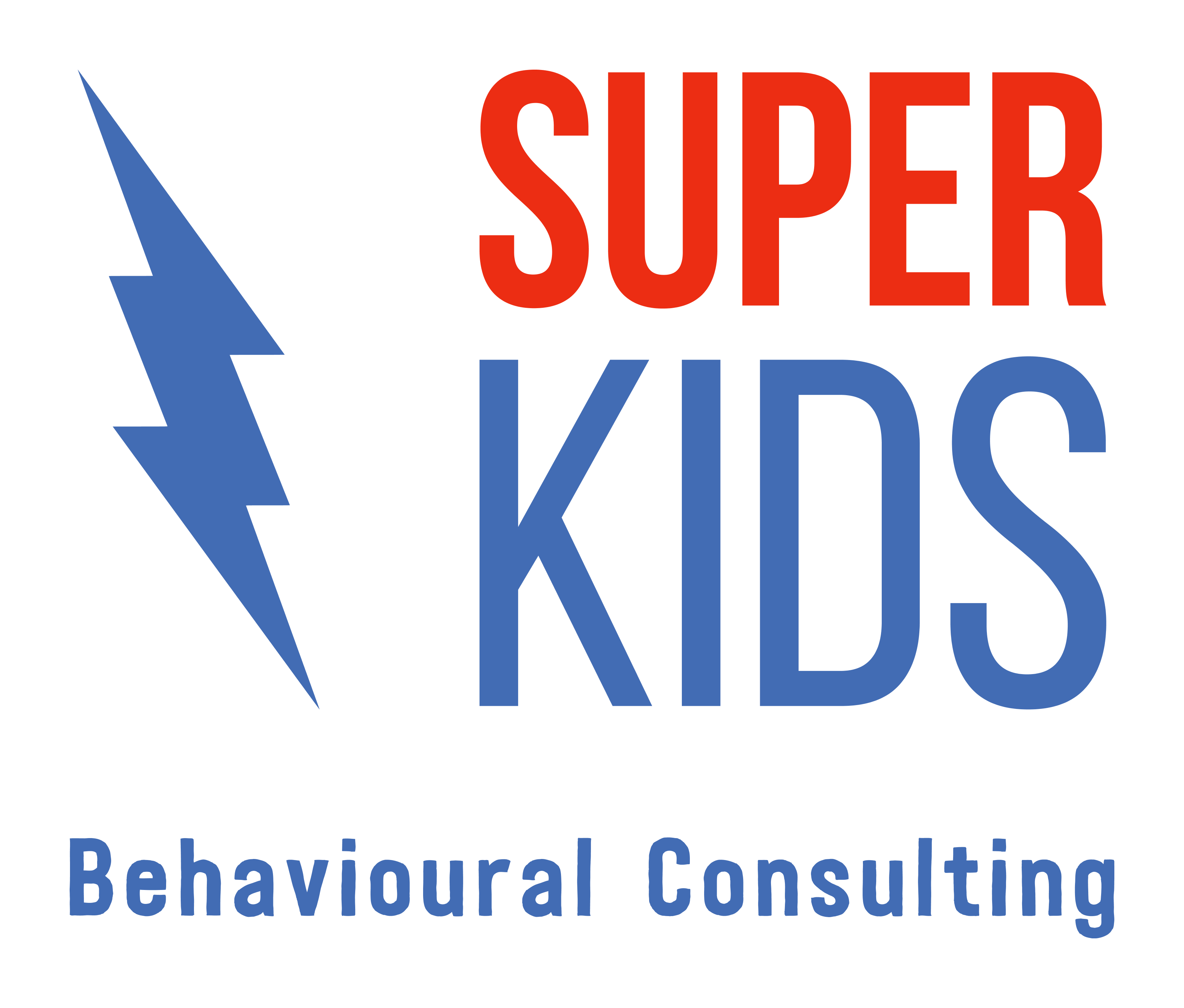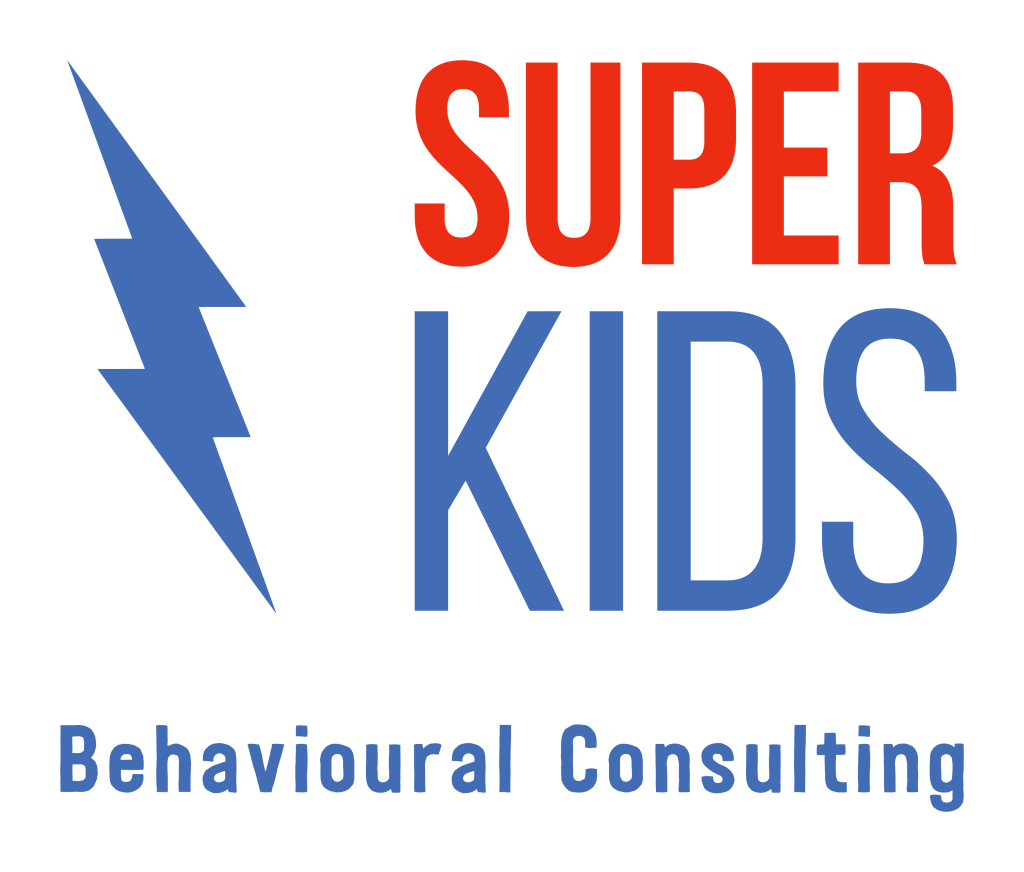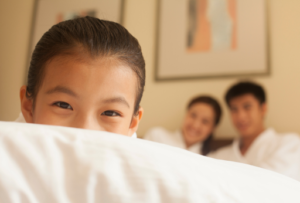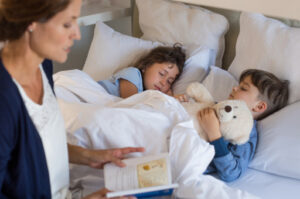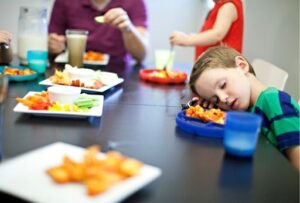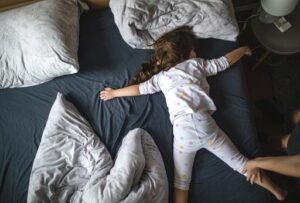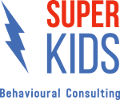Frequently Asked Questions: Sleep Aids

Anita Bennett-Stewart
Behavioural Sleep Specialist & Behaviour Consultant
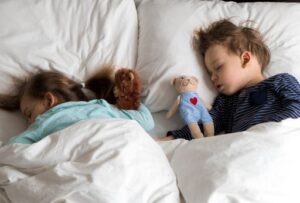
Sleep aids are an important part of our ability to fall asleep and put ourselves back to sleep overnight. Sleep aids are not necessarily your child’s favourite toys. Instead, sleep aids are neutral items that have been associated with falling asleep and so become the signal for us that it is time to sleep.
What is a sleep aid?
All of us have sleep aids to fall asleep each night. Common sleep aids for children may include:
- Specific pyjamas
- A parent cuddling or patting them to sleep
- White noise or a playlist playing overnight
- Sleeping with a nightlight on
- Holding a comfort toy, such as a stuffed animal or clothing
Even sleeping with a particular favourite pillow is a sleep aid!
What sleep aid should I choose for my child?
Every person will have different sleep aids. This may depend on their specific preferences and sleep needs. For example, if your child is sensitive to noise in the home or outside when going to sleep, you may choose to play white noise or a playlist with a consistent sound to block this noise.
There is no specific sleep aid required for every person, but this is a decision you and your child can make together based on their preferences and sleep support needs.
How do I decide on a suitable sleep aid for my child?
Here is a list of sleep aid must-haves! Sleep aids should be:
- Transportable, so you can take them with you on trips and sleepovers
- Replaceable, just in case one gets lost along the way!
- Consistent every night, as they act as a signal that it is time to sleep
- Specific to bed-time, rather than toys played with throughout the day. This helps maintain the association between the sleep aid and falling asleep.
Similarly, it is important that your child’s sleep aids are supportive to falling and staying asleep. It is generally recommended to avoid sleep aids which:
- Light-up or have bright lighting, such as technology or light-up toys
- Would cause your child to be too warm or too cold overnight, especially in consideration to bedding and clothing to sleep
- Are too exciting, such as video games on an iPad!
- Are not consistently accessible overnight, such as a toy that may fall out of bed and not be easily retrieved or a playlist which turns off during the night
How many sleep aids do I need?
It is generally recommended to aim for 4-5 sleep aids. In daily life, there may be times where not all sleep aids are available – the pyjamas may be in the wash, the nightlight may break or the comfort toy may be missing. Some also may be too difficult to take with you for a one-off daytime nap or during travel. By having a variety of sleep aids, there are a few others your child can then rely on to fall asleep.
Should we bring sleep aids on holidays?
Yes! It is important that your child has access to their sleep aids everywhere they sleep, for example at home, at their grandparents’ house or on holidays. It can be difficult to be away from home and have unsettled sleep due to not having our regular sleep aids. Bringing these sleep aids with you can help provide consistency to your child’s sleep.
Share your child’s sleep needs with their other carers, such as grandparents or babysitters. This may include preschool educators if your child naps during the daytime. By informing all people who care for your child at bedtime, your child’s sleep aids can be consistent each and every day.
Disclaimer: The advice in this article is general in nature. If your child experiences sleep difficulties, reach out to a trusted professional for further individualised advice and support.
Super Kids acknowledges each individual’s personal preference to use identity-first or person-first language to describe themselves or their loved one. We interchangeably use both language conventions and therefore refer to both Autistic children and children with Autism.
